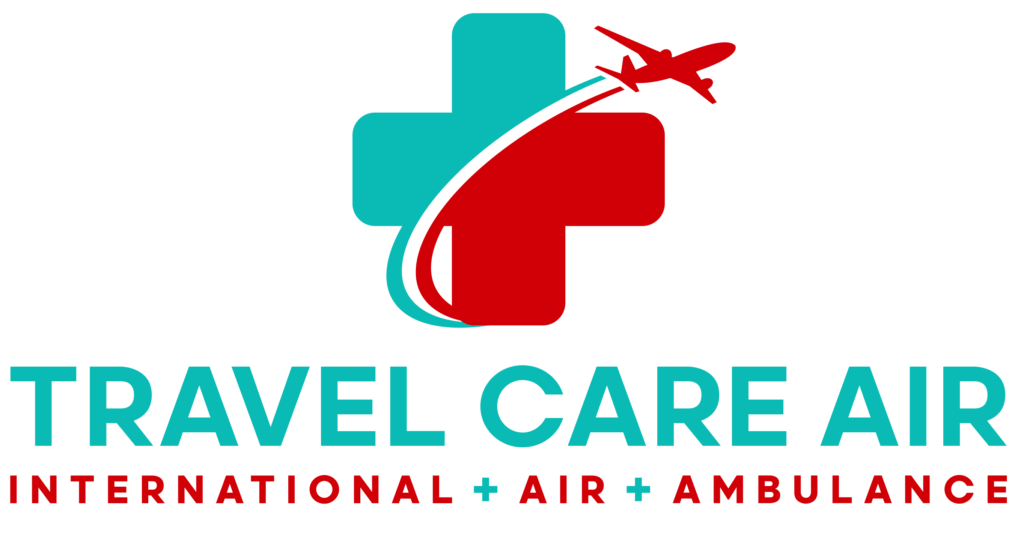Your comfort and safety come first during medical air transport. We tailor the flight to your condition and explain each step so you feel prepared. By following a few simple guidelines, you’ll have a smoother, lower-stress experience.
Step 1: Your First Call and What We Need
When you call Travel Care Air, we gather essential details. If this is an emergency, keep basic medical info handy to speed clearance. We brief our medical team with your history and current needs. When necessary, we also arrange ground transportation. Please let us coordinate ground support—some transfers require our clinicians to ride with the patient between the hospital and the airport.
Step 2: Arrival at the Airport
Once the patient reaches the airport, the medical air transport process begins. Our team transfers the patient onto the aircraft with care. If a companion is traveling, ask them to act as your “assistant” so you can focus on recovery. Solo travelers should keep ID, insurance cards, and passports (for international trips) within easy reach.
Step 3: Getting Settled Onboard
Our crew secures the patient on a stretcher and sets up the required equipment. Family or travel partners can sit nearby. After everyone is seated, our clinicians check vital signs and make any needed adjustments before takeoff.
Step 4: In-Flight Monitoring and Care
Throughout the flight, we monitor the patient continuously and provide medications or interventions as ordered. If we stop for fuel, the patient remains onboard with our team to keep the experience comfortable and stable. For visibility into timing and coordination, learn how to track an air ambulance.
Step 5: Arrival and Bedside Handoff
At the destination, a ground ambulance meets the aircraft and transports the patient to the chosen hospital. We give the ambulance crew a medical report and, when needed, our flight clinicians ride along to support a seamless bedside-to-bedside handoff.
Why Choose Travel Care Air
Travel Care Air has led medical air transport for more than three decades. We’ve safely moved patients worldwide and remain ready to answer your questions, plan your route, and coordinate every step—from first call to final handoff.

